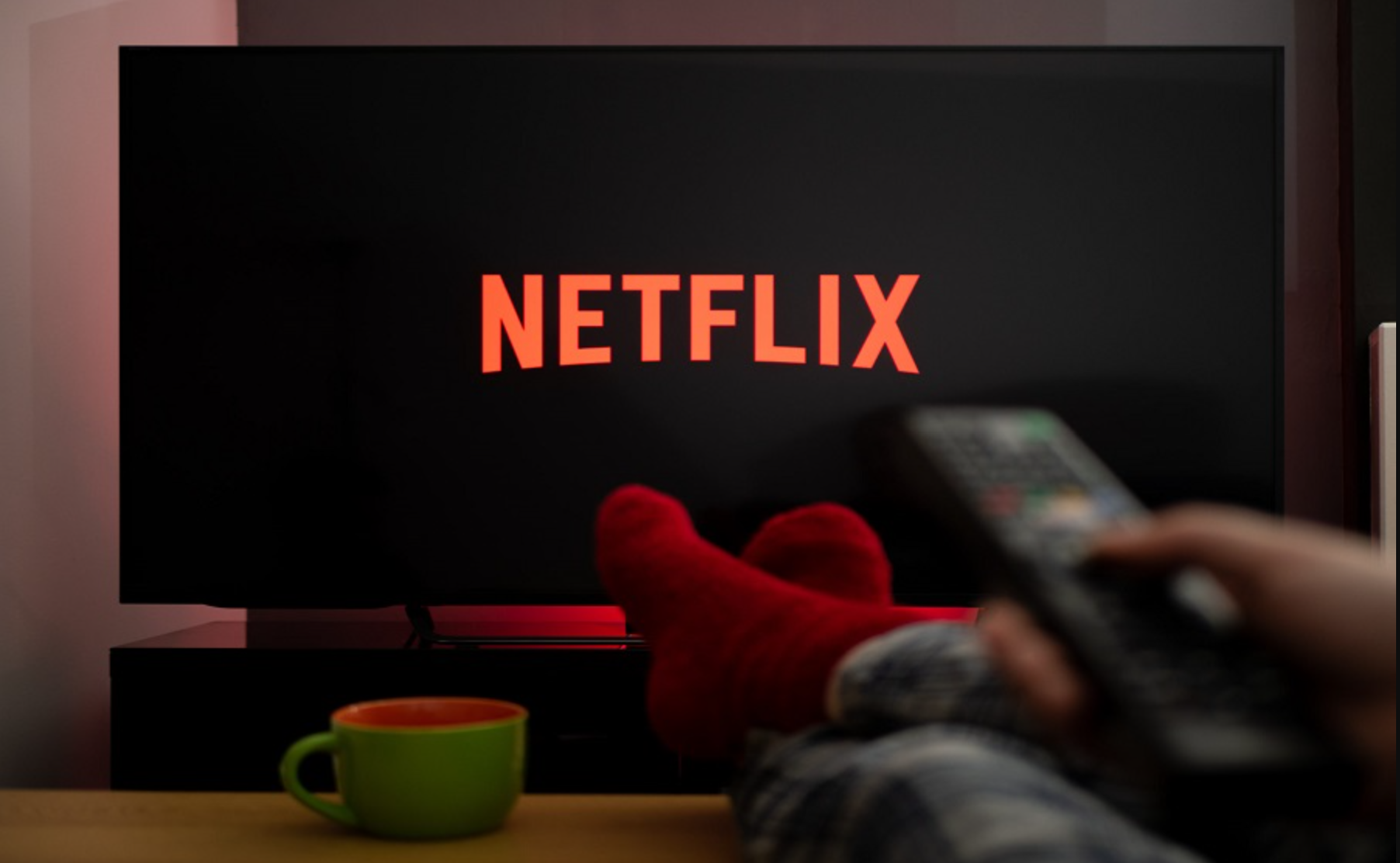Netflix’s decision to use generative AI for a key visual effects sequence in its sci-fi series El Eternauta has reignited simmering labour tensions in Hollywood, raising fresh concerns over the future of creative jobs in an industry still grappling with the fallout from last year’s strikes.
During its Q2 2025 earnings call last Thursday, the streaming giant revealed that it used generative artificial intelligence to create a high-impact visual effects scene in El Eternauta, an Argentine sci-fi series released in April.
The building-collapse sequence, set in post-apocalyptic Buenos Aires, marks the first time AI-generated footage has been used in a Netflix original production.
The announcement has reignited the industry-wide conversation about the role of AI in film, especially as Netflix insists it sees the technology as a creative tool, not a replacement for human talent.
And with Hollywood still recovering from strikes rooted in fears over AI’s impact on jobs, the move is bound to raise eyebrows.
AI helps Netflix cut VFX costs and expand creative output
Netflix co-CEO Ted Sarandos said the generative AI tools, developed in partnership with Eyeline Studios, helped create the collapsing building scene 10 times faster and at a fraction of the cost it would’ve taken using traditional VFX methods.
He emphasised that this innovation made it possible to bring ambitious effects to a show with a relatively modest budget, reportedly around $15 million.
“The cost of doing this with conventional tools just wouldn’t have been feasible,” Sarandos explained.
He praised AI for levelling the playing field, allowing lower-budget productions to compete visually with big-budget blockbusters.
“This is real people doing real work with better tools,” he added.
The show’s strong performance backs up the strategy. El Eternauta, based on a beloved 1957 Argentine graphic novel, currently holds a 96 percent score on Rotten Tomatoes.
It follows a group of survivors battling a deadly snowfall and alien invasion, blending human drama with futuristic action, now made more realistic with AI.
AI’s divisive role in Hollywood
While Netflix positions AI as a creative enhancer, its use remains controversial.
In 2023, AI was a flashpoint in the Hollywood strikes, as writers and actors demanded, and won, protections to keep the tech from replacing them.
Many fear AI could displace VFX artists, scriptwriters, and voice actors, or lead to homogenised storytelling.
Sarandos attempted to ease those concerns: “AI gives creators new ways to tell their stories. It doesn’t replace them, it empowers them.”
Still, some industry voices remain sceptical. Netflix did not disclose its use of AI in El Eternauta before the show’s release, which critics argue raises transparency issues, especially in light of subscription price increases.
Co-CEO Greg Peters also hinted at broader applications of AI across Netflix’s platform, from AI-powered search tools to automated, hyper-targeted advertising.
These features, along with interactive ads powered by generative content, are expected to roll out later this year.
A new era of AI storytelling
Netflix’s leap into AI-generated filmmaking could signal a turning point for the industry.
Using AI to enhance storytelling and reduce production costs, the platform hopes to attract new viewers and boost profit margins.
In Q2 2025, Netflix posted $11.08 billion in revenue, a 16 percent increase year-over-year, with over 95 billion hours of content viewed—a third of which was non-English.
But with that success comes scrutiny. Can Netflix maintain artistic quality while scaling up AI? Will the benefits of faster, cheaper production trickle down to creators and subscribers, or just boost corporate profits?
As El Eternauta draws praise and questions, one thing is clear: AI in entertainment is here to stay, and Netflix is determined to lead the charge with excitement and caution in equal measure.
















